Discover the captivating world of Trees that start with S in this insightful article. Explore the unique characteristics, fascinating histories, and practical uses of 16 remarkable tree species from around the globe. Whether you’re a nature enthusiast, an arborist, or simply curious about the diverse flora that surrounds us, this comprehensive guide will delight and inform you.
Trees are the gentle giants that grace our landscapes, providing shade, oxygen, and beauty to our surroundings. Among the vast diversity of tree species, some stand out with names that begin with the letter “S.” From the stately Sequoia to the sweet-scented Strawberry Tree, these arboreal wonders offer a captivating blend of form, function, and history. In this article, we’ll embark on a journey through 16 remarkable trees that start with “S,” uncovering their unique attributes and the vital roles they play in our ecosystems.
1. Siberian Elm
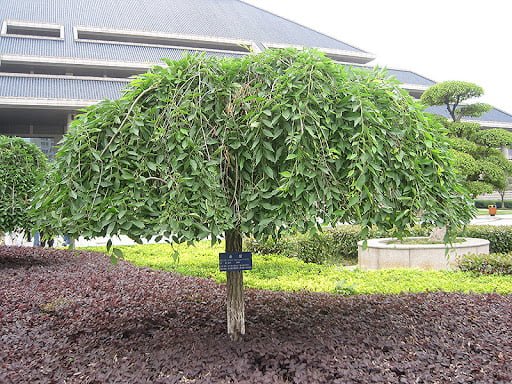
Scientific Name : Ulmus pumila
Hailing from Central Asia, the Siberian Elm is a hardy and adaptable tree known for its tolerance to urban pollution and drought conditions. Its small, greenish-yellow flowers give way to winged seeds that disperse readily, contributing to its widespread presence in parks and streets across North America.
2. Silver Maple
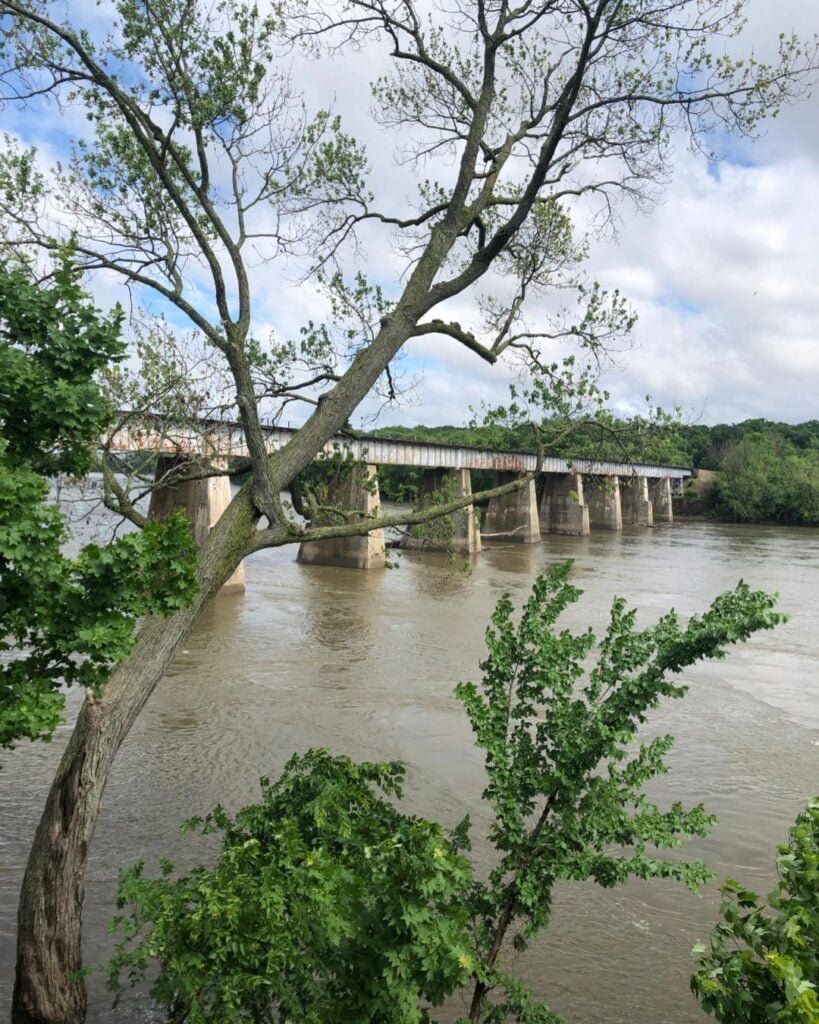
Scientific Name : Acer saccharinum
The Silver Maple is a fast-growing and stately tree, recognizable by its distinctive silvery-gray bark and deeply lobed leaves. Its vibrant fall foliage and graceful branching pattern make it a popular choice for landscaping, while its wood is valued for furniture and flooring.
3. Sitka Spruce
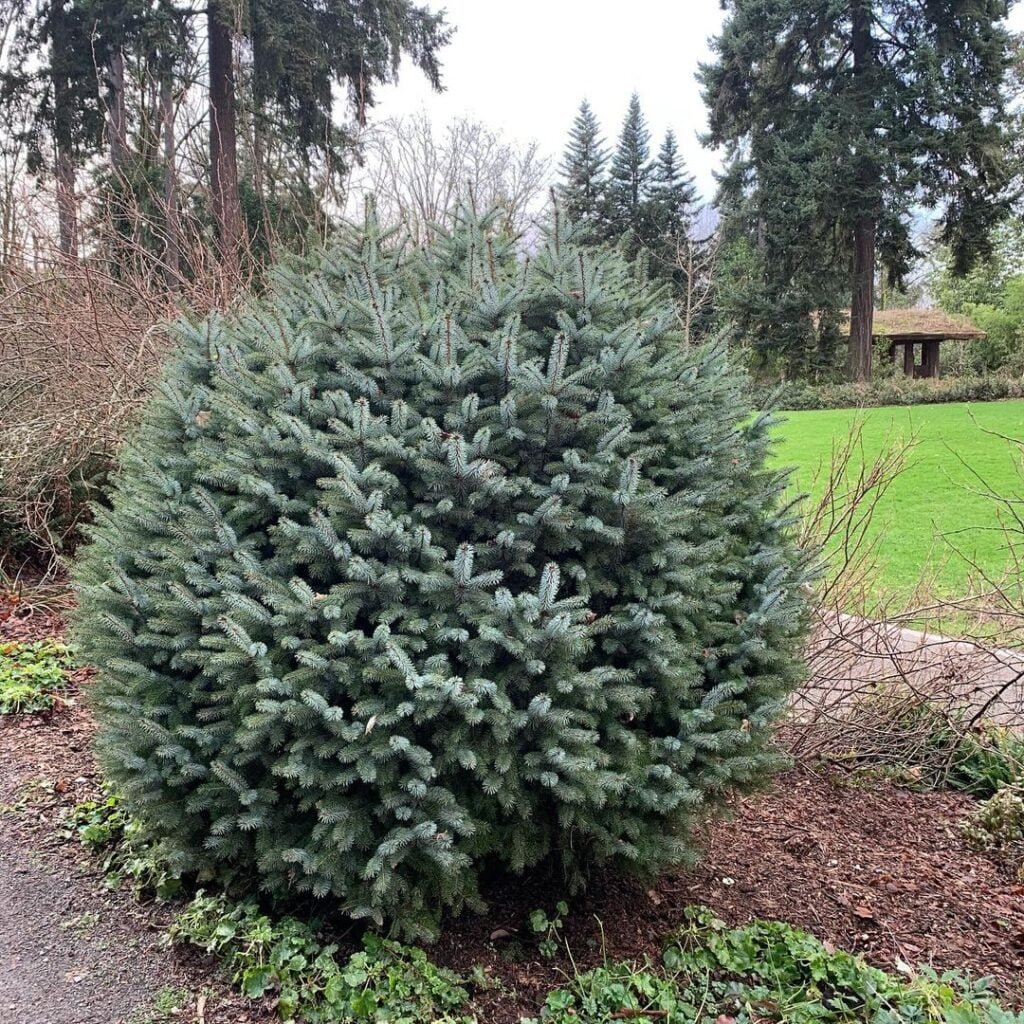
Scientific Name : Picea sitchensis
Native to the coastal regions of the Pacific Northwest, the Sitka Spruce is a towering evergreen conifer renowned for its height and robust growth. Its soft, lightweight wood is highly prized for construction, musical instruments, and even aircraft manufacturing.
4. Slippery Elm

Scientific Name : Ulmus rubra
The Slippery Elm, aptly named for its mucilaginous inner bark, has played an important role in traditional medicine for centuries. Beyond its medicinal properties, this hardy tree is valued for its shade and ornamental qualities in urban landscapes.
5. Smoke Tree

Scientific Name : Cotinus coggygria
With its wispy, smoke-like clusters of small flowers, the Smoke Tree is a captivating addition to any garden. Native to Europe and Asia, this deciduous shrub or small tree is prized for its unique appearance and low-maintenance nature.
6. Soaptree Yucca
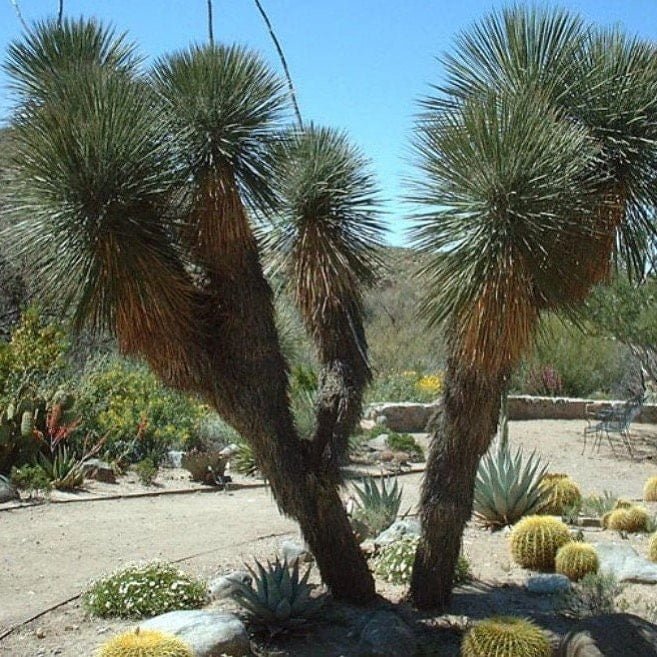
Scientific Name : Yucca elata
Found in the southwestern United States and Mexico, the Soaptree Yucca is a striking evergreen with sword-like leaves and tall stalks of creamy white flowers. Its roots were traditionally used by Native Americans to produce soap, hence its descriptive name.
7. Southern Catalpa
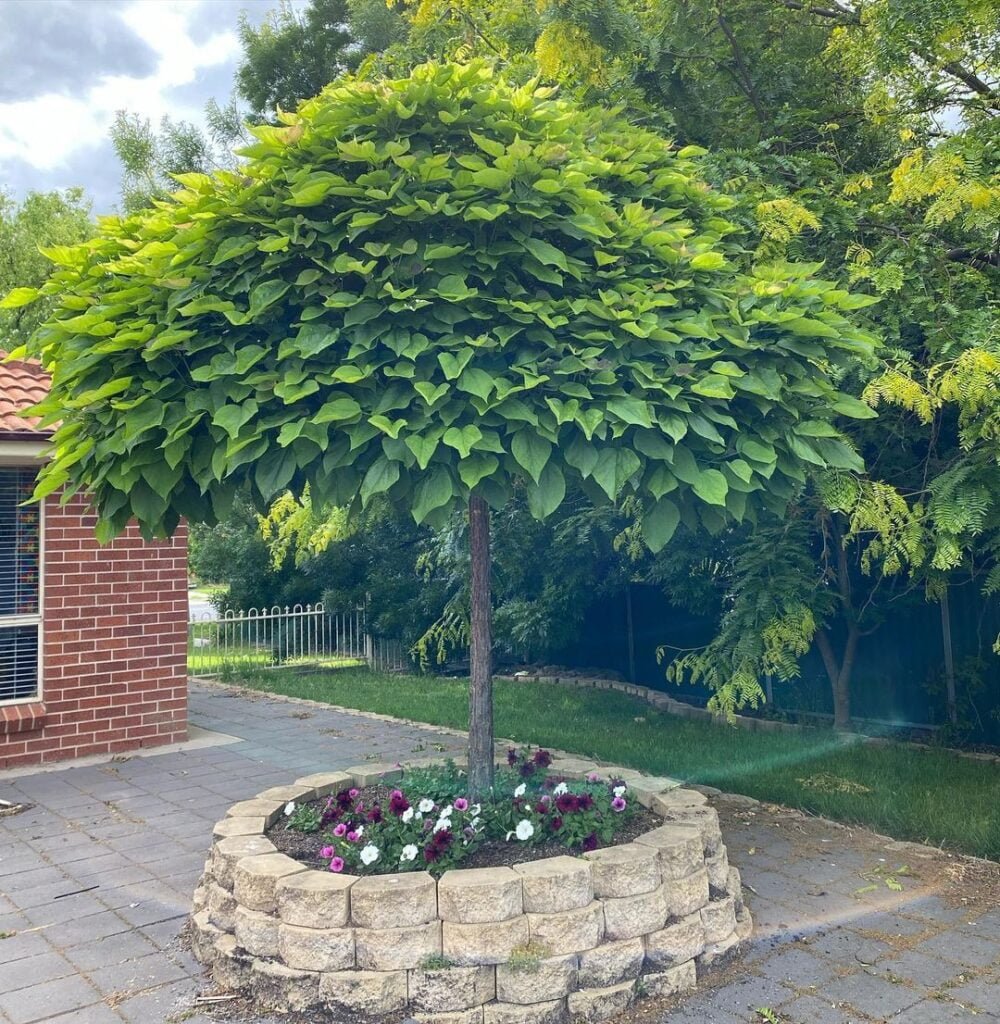
Scientific Name : Catalpa bignonioides
The Southern Catalpa, native to the southeastern United States, is a deciduous tree known for its large, heart-shaped leaves and showy clusters of white, bell-shaped flowers. Its long seed pods and distinctive bark patterns add to its ornamental appeal.
8. Southern Live Oak

Scientific Name : Quercus virginiana
A symbol of strength and resilience, the Southern Live Oak is a majestic evergreen oak found along the coastal regions of the southeastern United States. Its broad, spreading canopy and gnarled branches create a picturesque silhouette, making it a beloved icon of the Southern landscape.
9. Southern Magnolia

Scientific Name : Magnolia grandiflora
The Southern Magnolia is a stately evergreen tree revered for its large, fragrant white flowers and glossy, dark green leaves. Native to the southeastern United States, this iconic tree is a cherished feature in many gardens and parks.
10. Southern Red Oak
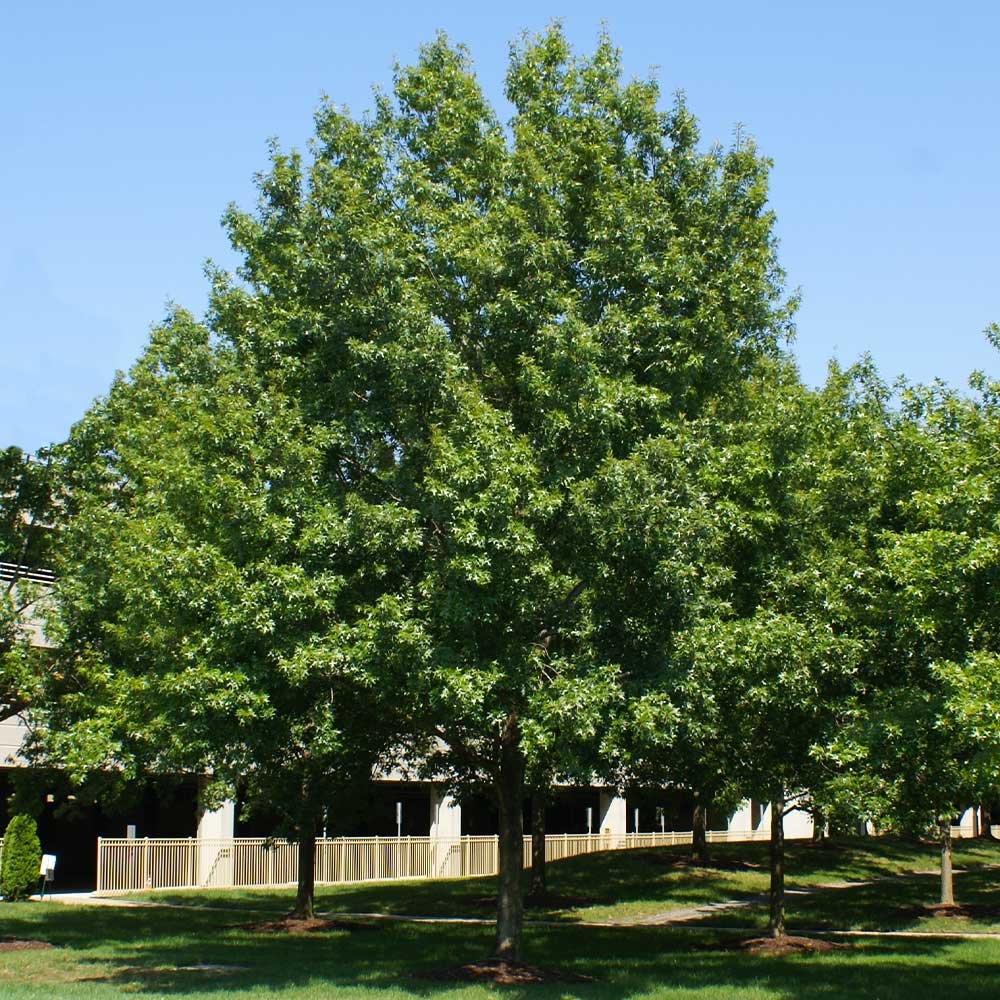
Scientific Name : Quercus falcata
A staple of the Southern forests, the Southern Red Oak is a hardy and adaptable tree known for its distinctive leaves with bristle-tipped lobes. Its strong, durable wood is valued for construction, furniture, and flooring.
11. Spanish Moss
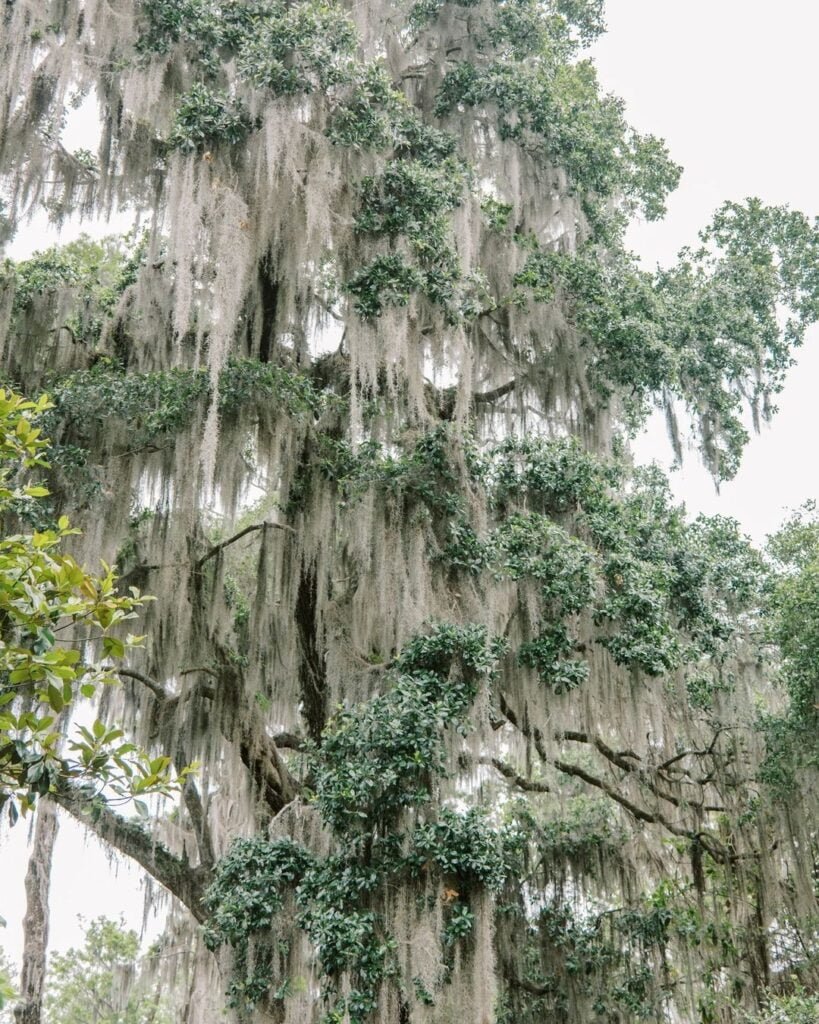
Scientific Name : Tillandsia usneoides
Although not a true moss, Spanish Moss is an epiphytic plant that drapes itself over the branches of trees, creating a haunting and ethereal atmosphere. This fascinating “air plant” is commonly found in the warm, humid regions of the southeastern United States and Central America.
12. Strawberry Tree

Scientific Name : Arbutus unedo
Native to the Mediterranean region, the Strawberry Tree is an evergreen shrub or small tree prized for its edible, strawberry-like fruits and attractive peeling bark. Its ornamental value and low-maintenance nature make it a popular choice for gardens and landscapes.
13. Sugar Maple
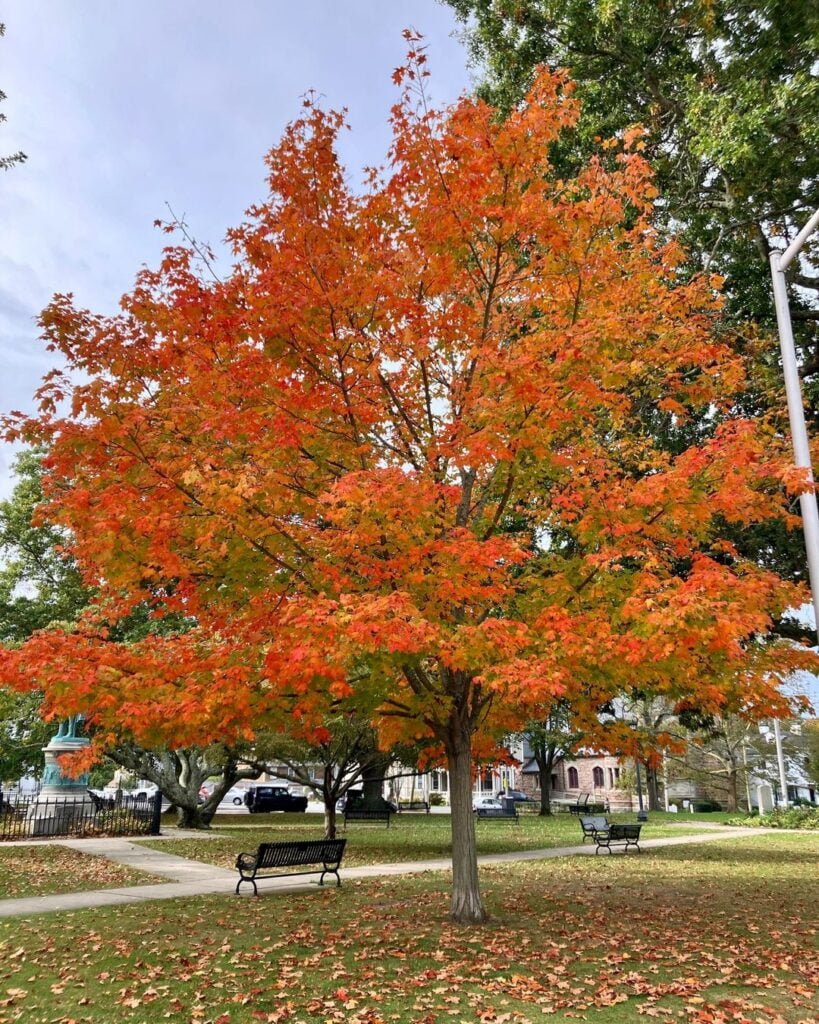
Scientific Name : Acer saccharum
The Sugar Maple is an iconic tree of North America, renowned for its brilliant fall foliage and the sweet sap used to produce maple syrup. Its dense, hard wood is valued for furniture, flooring, and musical instruments, making it an economically important species.
14. Sweetbay Magnolia
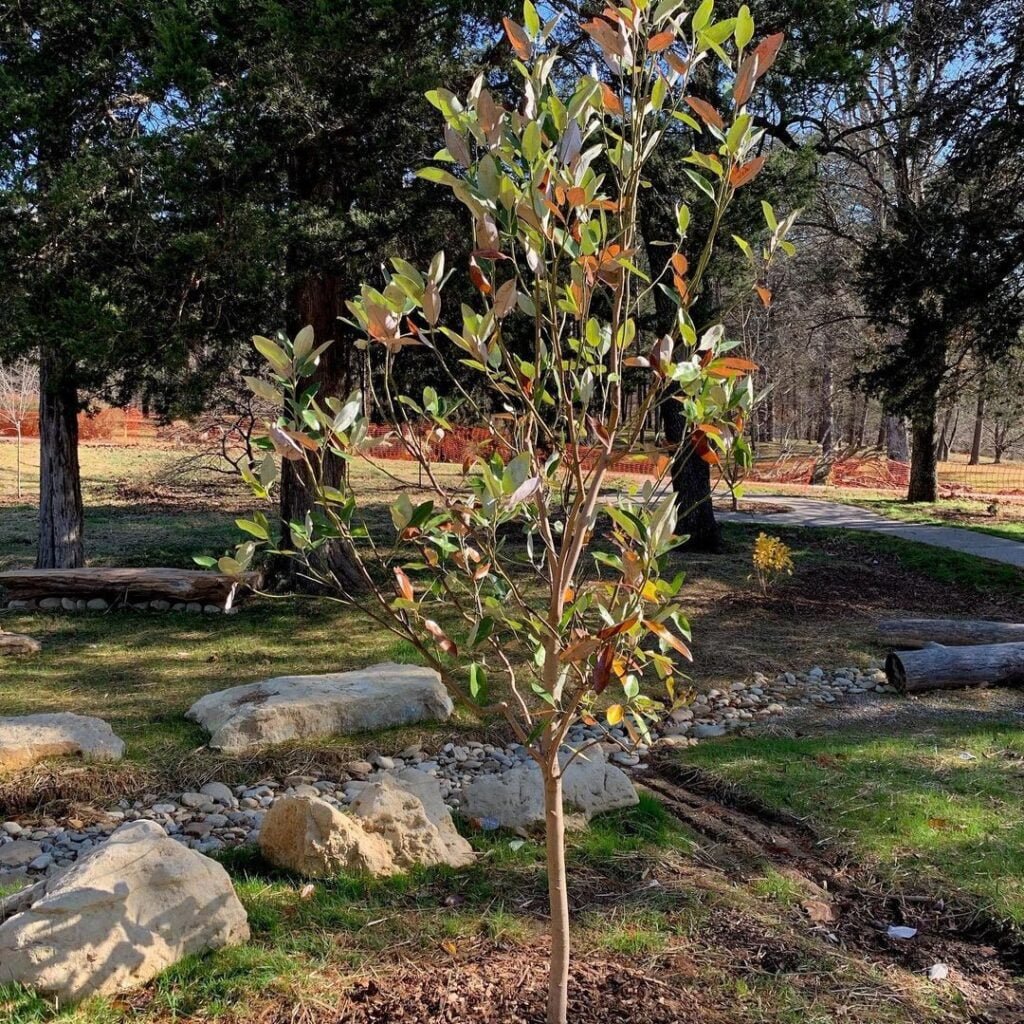
Scientific Name : Magnolia virginiana
Found in the coastal regions of the southeastern United States, the Sweetbay Magnolia is a semi-evergreen tree known for its fragrant, creamy-white flowers and aromatic leaves. Its attractive form and adaptability to various soil conditions make it a popular choice for landscaping.
15. Sweetgum
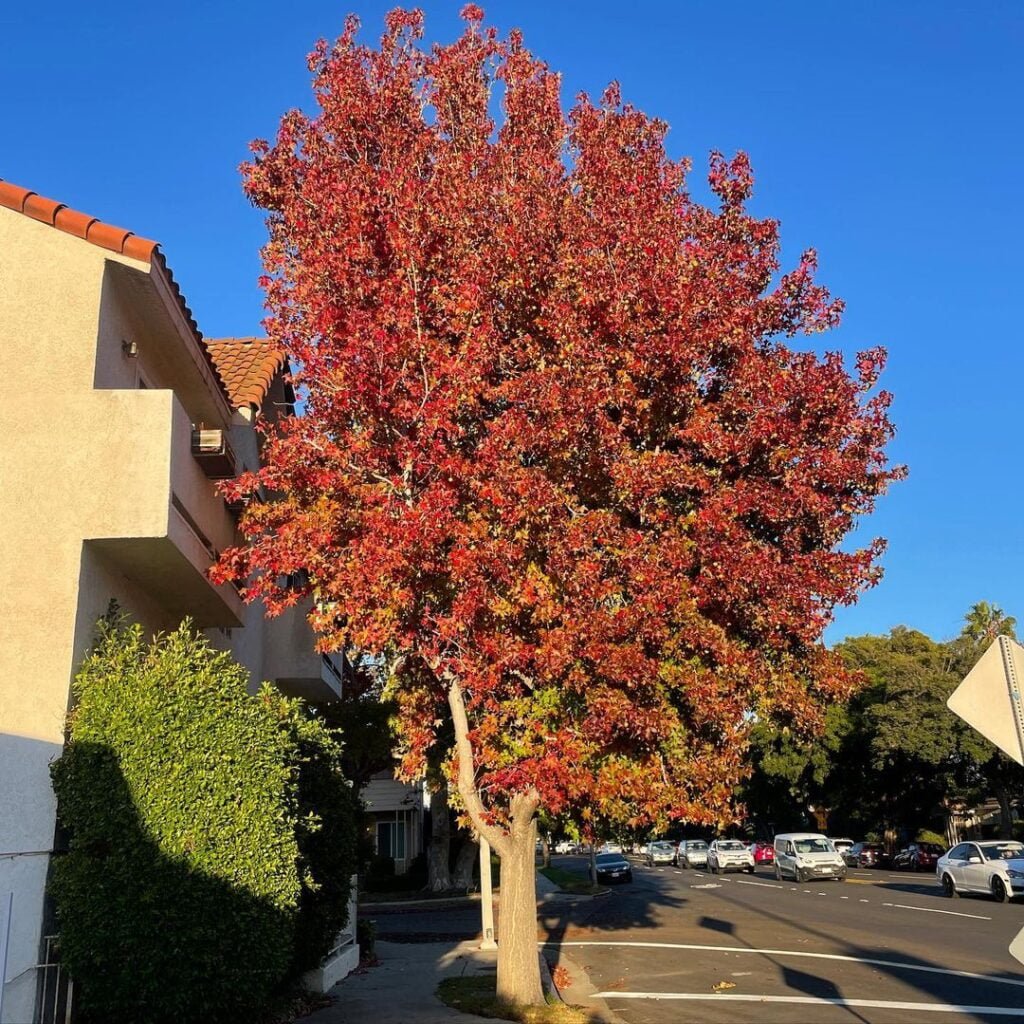
Scientific Name : Liquidambar styraciflua
The Sweetgum is a striking deciduous tree native to the eastern United States, recognizable by its distinctive star-shaped leaves and corky, winged branches. Its brilliant fall foliage and unique seed pods add to its ornamental appeal.
16. Sycamore

Scientific Name : Platanus occidentalis
With its massive trunk, exfoliating bark, and sprawling branches, the Sycamore is a majestic tree found along streams and rivers in the eastern United States. Its wood is valued for furniture and interior trim, while its shade and beauty make it a popular choice for urban landscapes.
Conclusion
From the stately Sequoia to the delicate Strawberry Tree, the 16 trees that start with “S” showcased in this article represent a fascinating tapestry of diversity, beauty, and functionality. Each species holds a unique place in our ecosystems, contributing to the richness of our natural landscapes and providing countless benefits to humans and wildlife alike. By appreciating and understanding these remarkable arboreal wonders, we can foster a deeper connection with the natural world and become better stewards of the environment that
Pingback: Red Jackfruit Cultivation : A Comprehensive Guide - Gardener's School
Pingback: The 13 Best Flowering Trees for Your Garden - Gardener's School